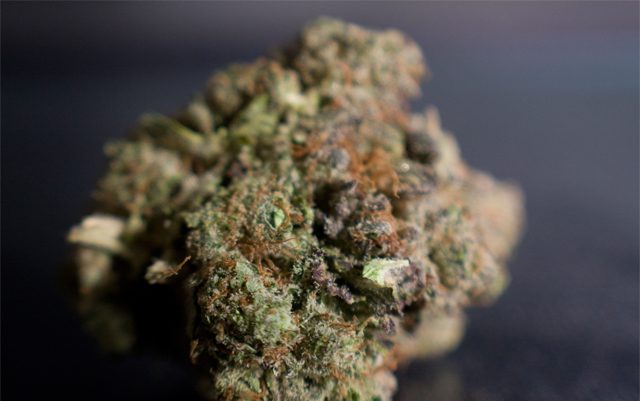With the walls of cannabis prohibition crumbling, there has come an increase in the number of stories in the press about falling marijuana prices. This is not a surprise to many in the cannabis community who predicted such an outcome, and it’s not a surprise to many who know anything about economics. But for those who may still be a little hazy on exactly why this is happening, I decided it may be a good time for a simple primer on the concept of supply and demand.
First, let me clear up a couple of things: 1) this is only a simplified look at supply and demand. While many factors go into the price of a commodity, the relative levels of supply and demand are continuously putting pressure on the price to move toward equilibrium. For a more in-depth look at this concept, click here. 2) What I’m talking about is supply and demand in a legal market. While there are certainly supply and demand schedule pressures on the price of a commodity in the black market, there are some key differences; for example, if your local Target drops the price on an item, your local Walmart might respond by doing the same. Walmart certainly won’t respond by fire-bombing the Target or gunning down their Board of Directors Godfather III style.
When a product like cannabis moves from the illegal to the legal market, there is an inevitable increase in supply as restrictions that used to suppress supply are removed and investors who avoided the commodity in the past flood in to take advantage of a massive and suddenly-legal consumer base. As more investors come in and more growers and retailers get into the industry, supply continues to rise.
Relatively speaking, when supply increases in comparison to demand, prices drop, as they are in places like Colorado. Where a price of a pound of marijuana flower fetched about $2,000 in 2015, the price is now roughly $850 (retail adult use sales began in CO in January 2014).
“Retail marijuana is a relatively new, maturing market with a lot of early entrants and resultant over-production,” said Steve Ackerman, who owns Organic Alternatives in Fort Collins, CO. “Downward pressure on prices will drive the less efficient players out of the market and prices will stabilize.”
This is exactly right. As profit margins shrink, only the most efficient and productive growers and shop owners will survive. This will choke off supply, which will cause prices to rise. As the industry matures, price swings will become less pronounced and more predictable, much like they are in other, more established industries.
The point of all this is that falling prices may be bad news for many business owners, but they are great for consumers and, in the end, they are unavoidable. Sure, the state of Colorado could set a minimum price – say, $1,500 a pound – but that would only drive down the demand side of the equation, driving cannabis consumers to the black market and growing their own. Obviously, that would not help business owners.
The more the government stays out of the industry, the more accurately prices will reflect the actual meeting of the supply and demand schedules for legal cannabis. And an accurate price is very important in mitigating things like supply shortages and surpluses.






